The History of “hygge”
“hygge” has been central to Danish culture since the early 1800s when it appeared in their written language for the first time. However, various definitions of hygge can be traced back to the Middle Ages, where a similar Old Norse word meant “protected from the outside world.”
Let’s fast track to 2016 when it caught on as a lifestyle trend in the UK and several books about the topic were published. It became so popular in Britain that it was even included in the Collins Words of the Year for 2016 (second only to Brexit) and it was also added to the Oxford dictionary in 2017.
In 2017, America discovered “hygge”. It was covered from The New York Times to The New Yorker and several books were published about all things “hygge”. It also caught on in social media. On Pinterest it was predicted to be one of the “hottest home decor trends of 2017” after activity on the site about “hygge” increased 285 percent at the end of 2016. To date, people have tagged more than 8.5 million posts on Instagram with #hygge.
We find ourselves in 2022 in a post pandemic world where we spend more time at home and we are seeing huge trends creating awareness of decorating the home with a focus on comfort.
Your “hygge” home and lifestyle:
Some ideas to create a more “hygge”-centred feeling in your home within the larger 2022/2023 trend forecasts:
TECHNICAL SPECIFICATIONS:
Composition: 61% Polyester, 39% Cotton
Width: 140cm
Repeat: Plain
Abrasion: >75 000 Martindale Rubs
Colour Fastness: 6
Finish: SpillBLOCK © (Soil & Water Repellent Finish)
Care: Professional Cleaning Recommended



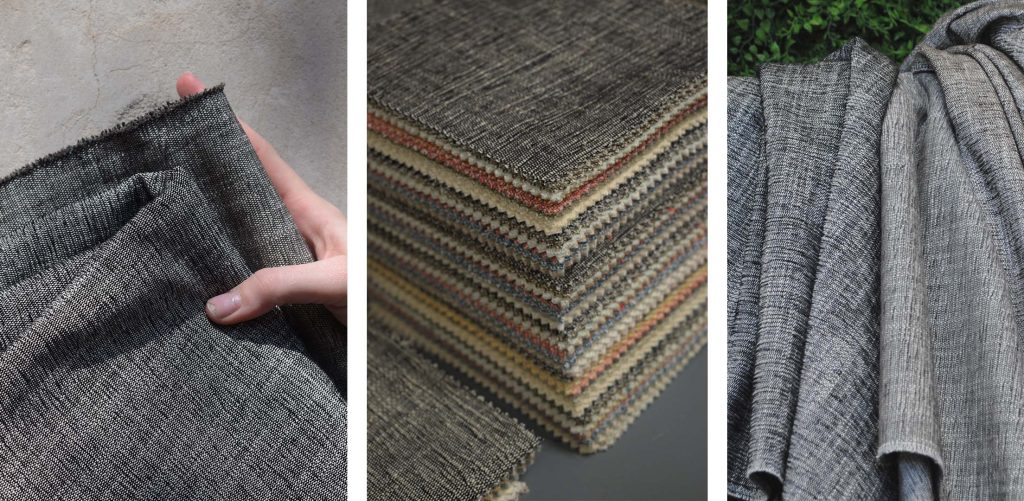
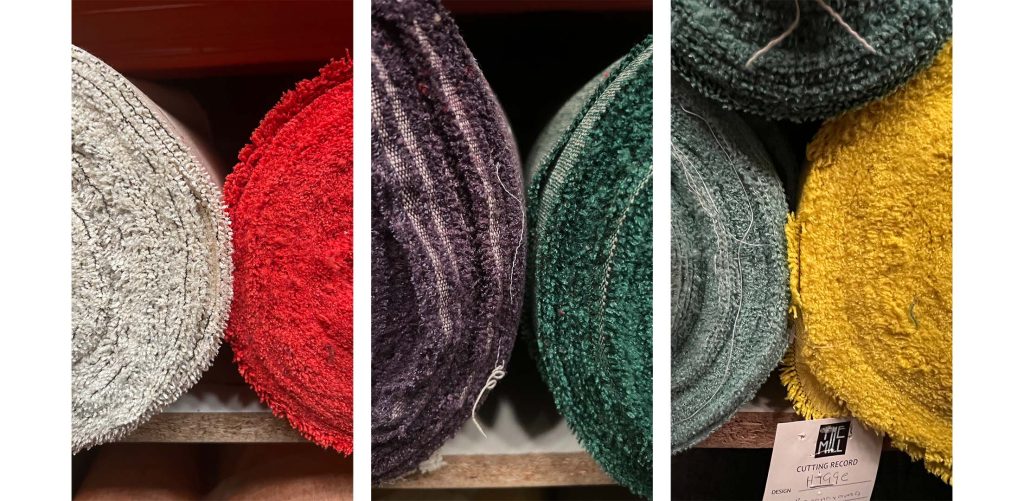
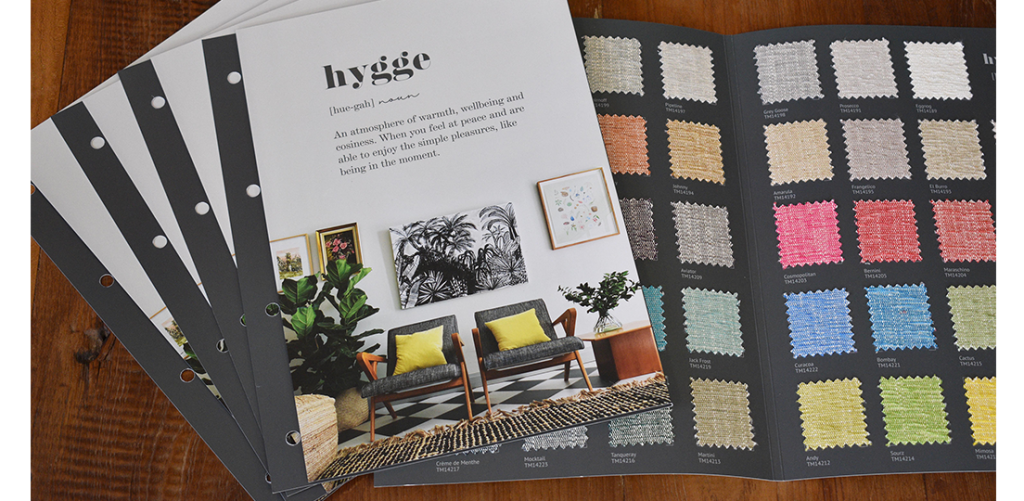

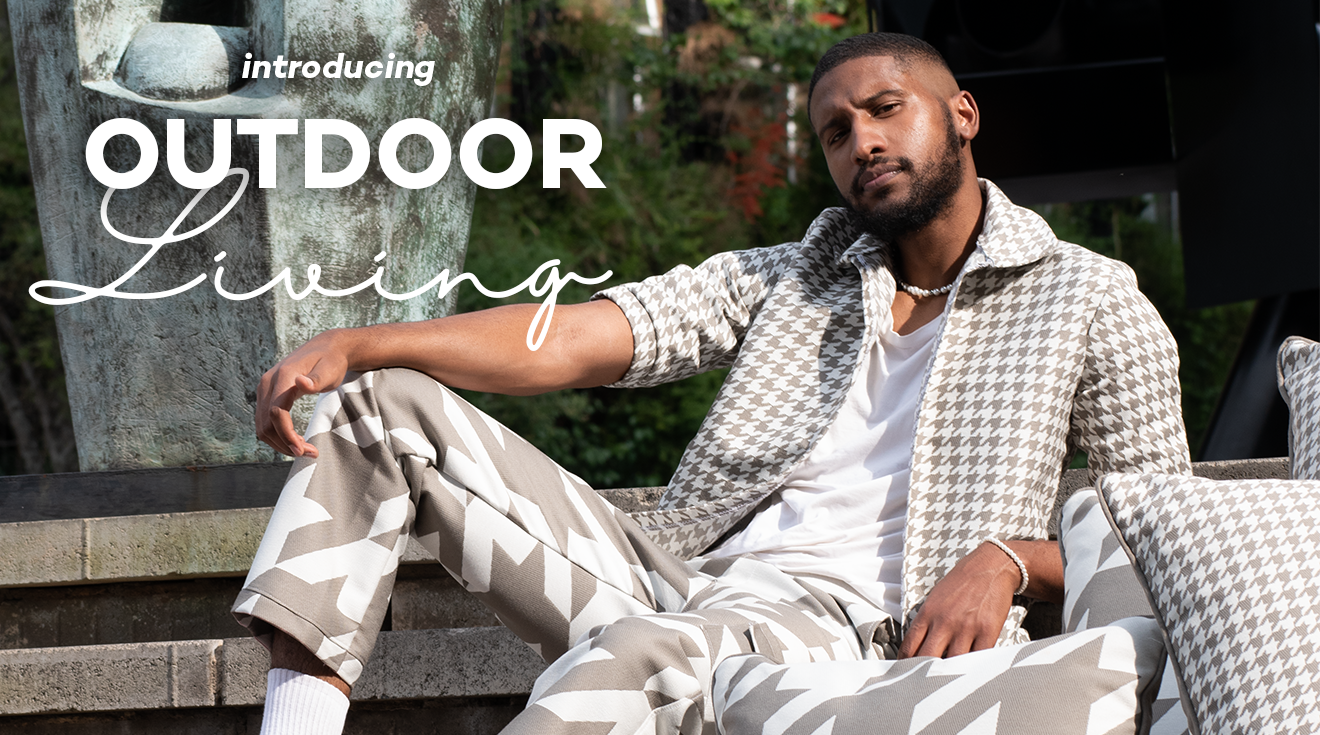
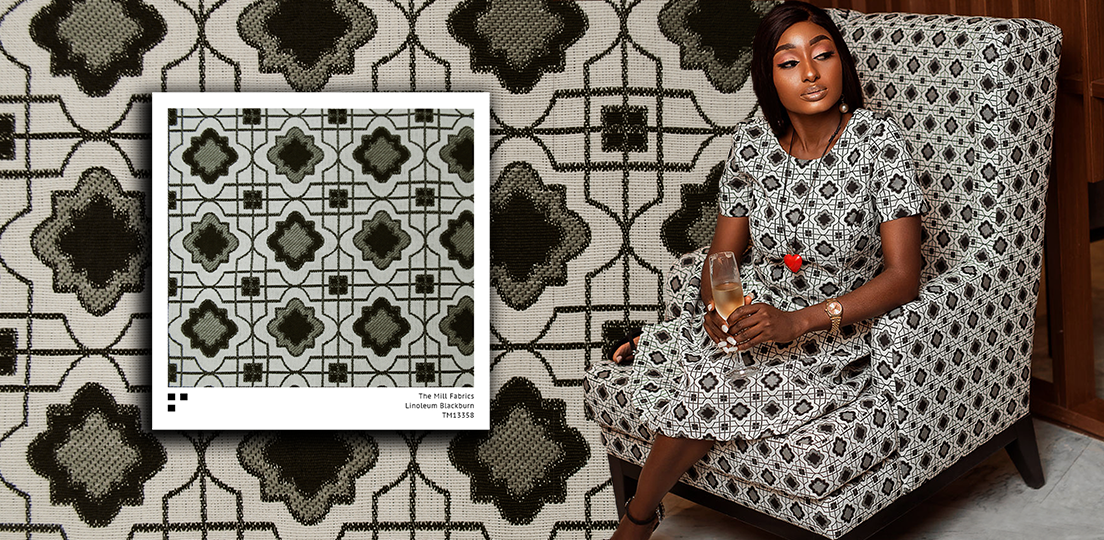
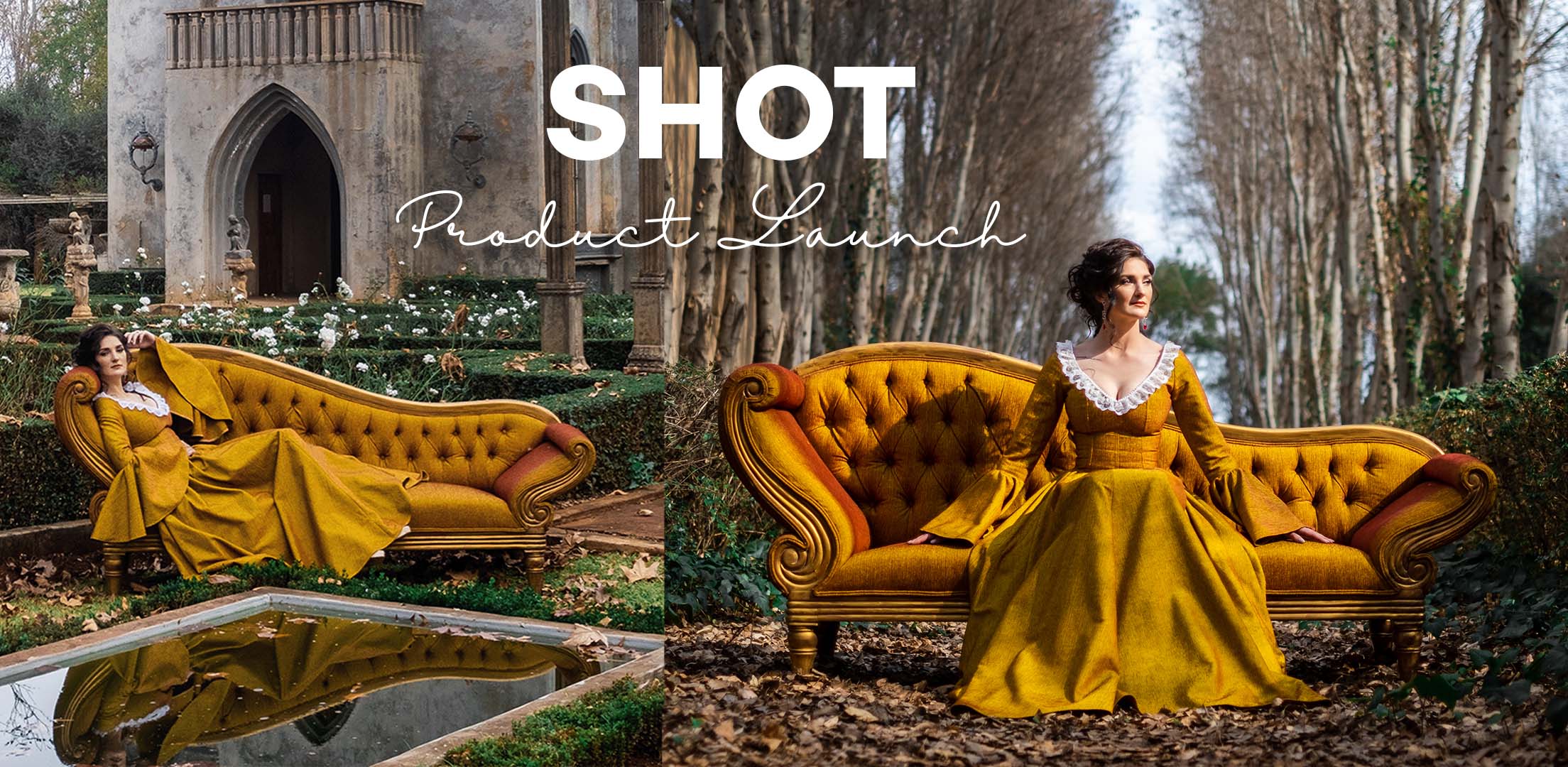

Leave A Comment